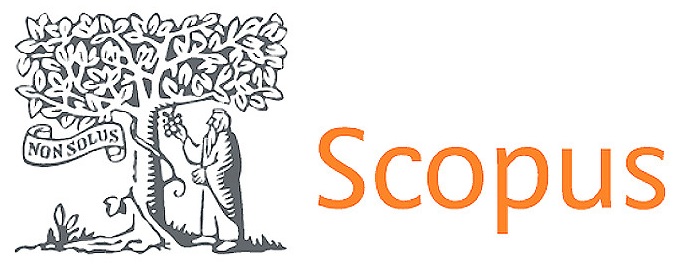Cyberbullying in Higher Education: Challenges and Interventions from College to University
DOI:
https://doi.org/10.56294/mw2024553Keywords:
Cyberbullying, bystanders, mental health, cyberbullying interventions, educational lifespanAbstract
ABSTRACT
Introduction; Cyberbullying among students has typically been studied within isolated educational contexts, such as colleges or universities, overlooking its presence across the entire educational lifespan. This article seeks to bridge this gap by offering a comprehensive analysis of cyberbullying's nature, social dynamics, legal implications, and potential interventions.
Objective; The findings highlight that cyberbullying remains a persistent issue throughout various stages of education, affecting students' mental well-being and academic experiences. Despite its continuity, effective intervention strategies remain insufficient, particularly at the university level, where the misconception that ‘nothing can be done’ often prevails. This perception leaves victims feeling helpless and unprotected. Addressing cyberbullying requires a proactive, multi-tiered approach that incorporates legal frameworks, institutional policies, and digital literacy programs to equip students with the necessary tools to recognize, report, and counteract online harassment.
Method; The study underscores the importance of fostering safe online environments, promoting awareness, and encouraging collaborative efforts between educators, policymakers, and students. Result; To enhance protective measures, institutions must develop evidence-based policies and integrate cyberbullying prevention strategies across all educational levels.
Conclusion; The article concludes by presenting five key recommendations for future research and practice, advocating for a more holistic and continuous approach to tackling cyberbullying throughout the educational journey.
References
1. Myers CA, Cowie H. Bullying at university: The social and legal contexts of cyberbullying among university students. J Cross Cult Psychol. 2017;48(8):1172–82.
2. Cassidy W, Faucher C, Jackson M. Cyberbullying at university in international contexts. Routledge; 2018.
3. Sam DL, Bruce D, Agyemang CB, Amponsah B, Arkorful H. Cyberbullying victimization among high school and university students in Ghana. Deviant Behav. 2019;40(11):1305–21.
4. Kyriacou C, Zuin A. Cyberbullying bystanders and moral engagement: A psychosocial analysis for pastoral care. Pastor Care Educ. 2018;36(2):99–111.
5. Angwaomaodoko EA. Cyberbullying: Legal and Ethical Implications, Challenges and Opportunities for Policy Development. Int J Innov Sci Res Technol (IJISRT), 0 [1038124/ijisrt/IJISRT24APR108]. 2024;
6. Imam SK, Naz T. Cyberbullying: Legal Challenges and Societal Impacts in the Digital Age. Pakistan Soc Sci Rev. 2024;8(4):392–407.
7. Samara M, Nascimento BDS, Asam A El, Smith P, Hammuda S, Morsi H, et al. Practitioners’ Perceptions, Attitudes, and Challenges around Bullying and Cyberbullying. Int J Emot Educ. 2020;12(2):8–25.
8. dataset-cybercrime-in-india [Internet]. Available from: https://www.kaggle.com/datasets/seanangelonathanael/dataset-cybercrime-in-india
9. Cunningham CE, Chen Y, Vaillancourt T, Rimas H, Deal K, Cunningham LJ, et al. Modeling the anti‐cyberbullying preferences of university students: Adaptive choice‐based conjoint analysis. Aggress Behav. 2015;41(4):369–85.
Published
Issue
Section
License
Copyright (c) 2024 Alok Kumar Ananad, Awadhesh Prasad (Author)

This work is licensed under a Creative Commons Attribution 4.0 International License.
The article is distributed under the Creative Commons Attribution 4.0 License. Unless otherwise stated, associated published material is distributed under the same licence.






